After the detailed tour of Sarmizegetusa, Dr. Constantin offered to give a lift to Isaac and myself to Deva. He said that there was a fine 13th century citadel, which we would probably like to see, and that we could easily get a train from there to Braşov, our next destination. He had grown up in the region, in fact had been a shepherd himself, part of the distinctive subculture of “mountain men“ of Hunedoara, He had an intimate knowledge of the area’s history, geology, agriculture, and society.
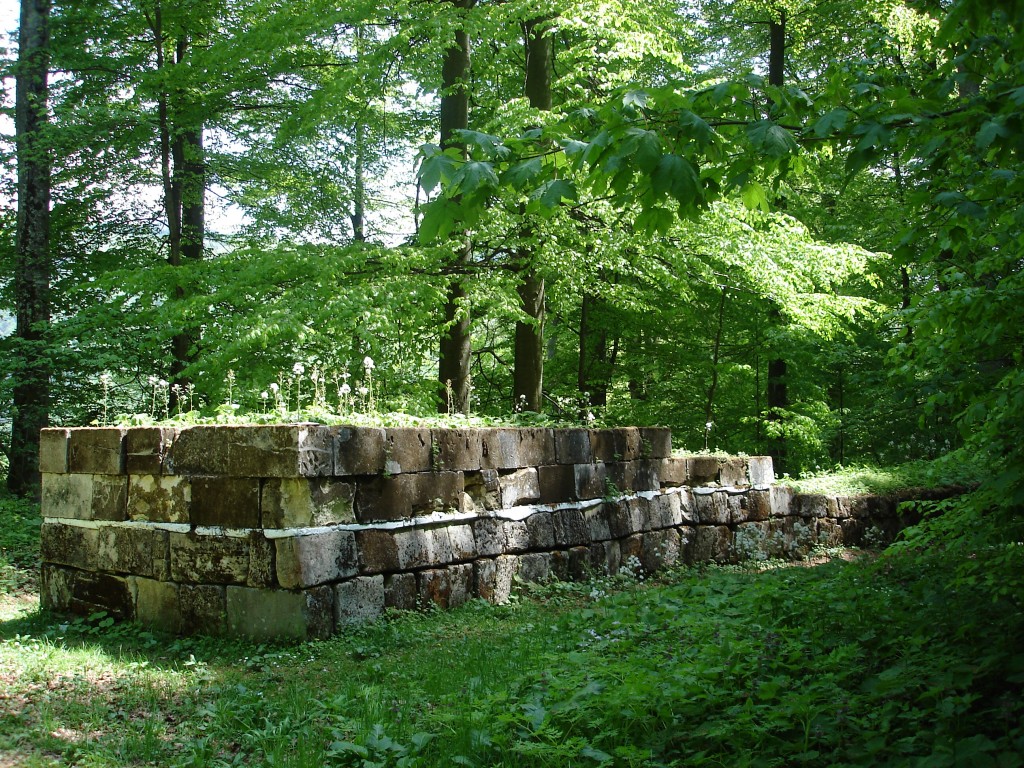 Part of his work, at Sarmizegetusa, was undoing the damage done by Communist “scientists”. They had imposed some scientifically worthless “reconstructions” on the site, all aimed at advancing the dictator’s ideological aims, and in doing so had done much damage to the integrity of the site. To give you an idea of the atmosphere at the time, the dictator’s wife, Elena Ceauşescu, a barely literate woman, was declared to be “the world’s greatest scientist”, and all published scientific papers had to appear under her name. Ceauşescu had planned to visit the site of Sarmizegetusa, but he found the journey up the difficult mountain road too tiring, and turned back. Dr. Constantin explained that this probably saved the site from some spectacularly destructive fate, since, if the site had been accessible to the Super-Fuhrer, it would have been transformed into some grotesque Disneyland of fake archeology. Ceauşescu had fixed on the Dacians as the pure ancestors of the Romanian people, in the usual mixture of racism, pseudo-history and mysticism characteristic of the Fascist/Communist mentality.
Part of his work, at Sarmizegetusa, was undoing the damage done by Communist “scientists”. They had imposed some scientifically worthless “reconstructions” on the site, all aimed at advancing the dictator’s ideological aims, and in doing so had done much damage to the integrity of the site. To give you an idea of the atmosphere at the time, the dictator’s wife, Elena Ceauşescu, a barely literate woman, was declared to be “the world’s greatest scientist”, and all published scientific papers had to appear under her name. Ceauşescu had planned to visit the site of Sarmizegetusa, but he found the journey up the difficult mountain road too tiring, and turned back. Dr. Constantin explained that this probably saved the site from some spectacularly destructive fate, since, if the site had been accessible to the Super-Fuhrer, it would have been transformed into some grotesque Disneyland of fake archeology. Ceauşescu had fixed on the Dacians as the pure ancestors of the Romanian people, in the usual mixture of racism, pseudo-history and mysticism characteristic of the Fascist/Communist mentality.
So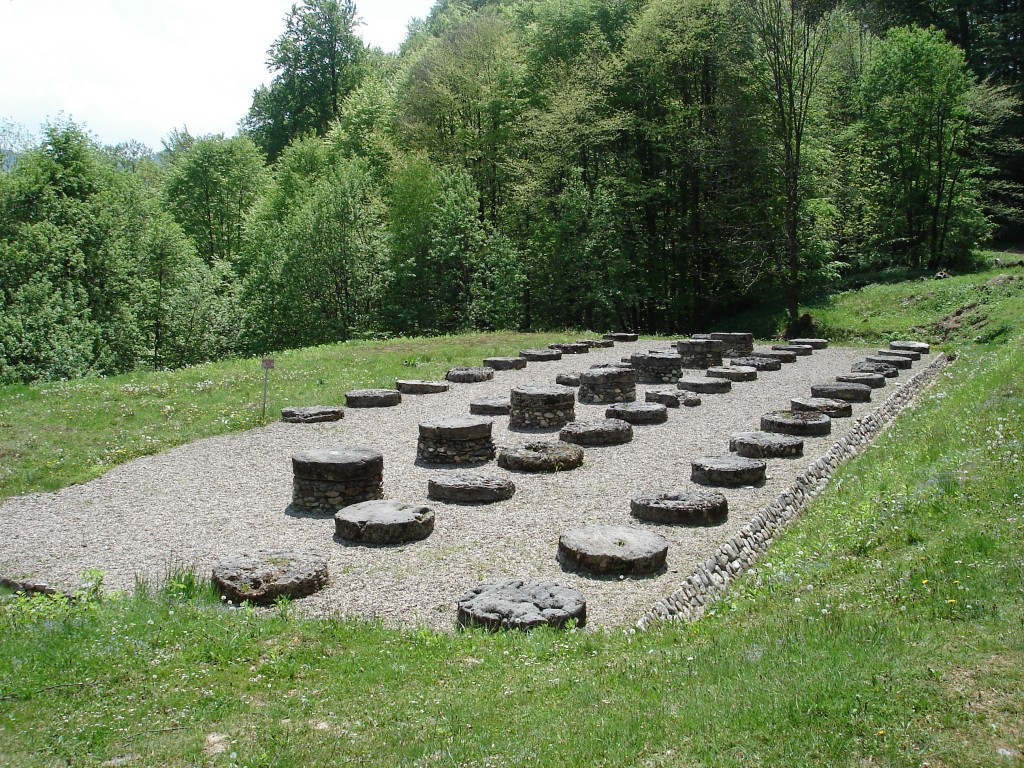 the question remains, who were the Dacians? The Dacians were a people who occupied a large portion of the Balkans in early historic times. It is pointless to talk about who they are the “ancestors” of, because of the simple facts of biology: everyone in Europe two thousand years ago is equally the ancestor of everybody. Two thousand years is about one hundred generations. If you go back just a fraction of that time, you have billions of direct ancestors. Unless there is absolute separation of the gene pool (and just one single mating merges two gene pools), past a certain, and fairly recent point, you are equally the descendant of everybody. And the Balkans is hardly what you would call genetically isolated. It is a genetic freeway on which everyone from everywhere has rolled through. This elementary fact of biology is why all notions of “race” and “nation” as biologicl entities are nothing but superstitious rubbish. It is absolutely meaningless to talk about some tribe or linguistic group thousands of years ago as being the “true ancestors” of somebody today.
the question remains, who were the Dacians? The Dacians were a people who occupied a large portion of the Balkans in early historic times. It is pointless to talk about who they are the “ancestors” of, because of the simple facts of biology: everyone in Europe two thousand years ago is equally the ancestor of everybody. Two thousand years is about one hundred generations. If you go back just a fraction of that time, you have billions of direct ancestors. Unless there is absolute separation of the gene pool (and just one single mating merges two gene pools), past a certain, and fairly recent point, you are equally the descendant of everybody. And the Balkans is hardly what you would call genetically isolated. It is a genetic freeway on which everyone from everywhere has rolled through. This elementary fact of biology is why all notions of “race” and “nation” as biologicl entities are nothing but superstitious rubbish. It is absolutely meaningless to talk about some tribe or linguistic group thousands of years ago as being the “true ancestors” of somebody today.
What may survive after all that time is some custom or cultural tradition. For example, I eat ice cream because the custom was passed down to me from ancient Rome, which borrowed it from the Etruscans, who perhaps invented it. This inherited custom does not make me a “descendant of the Etruscans”. It just makes me fat. Languages are a form of custom, though one which interacts closely with the deepest elements of our psyche. We feel language to be integral to our consciousness, yet at the same time, it is obviously learned, not inherited biologically. Languages can be traced back thousands of years, through constant mutations and subdivisions, but their speakers may have been of many different biological origins. I speak English, but it’s unlikely that many of my ancestors came from England.
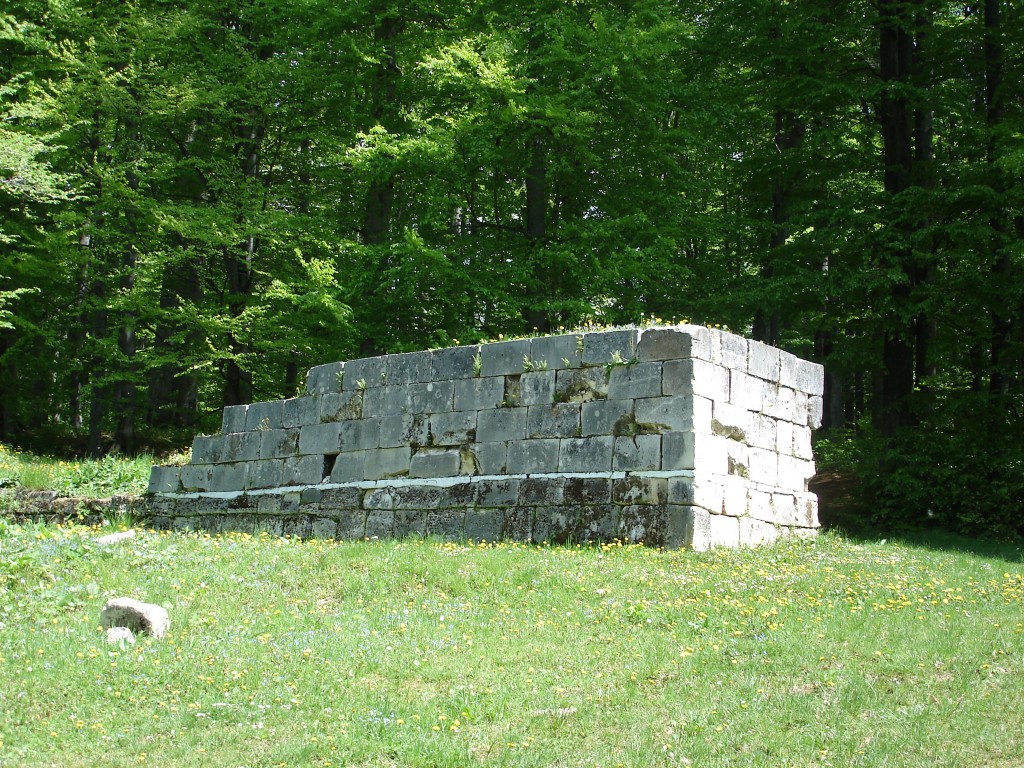 The Dacians appear to have spoken a language in the Thraco-Illyrian sub-family of the Indo-European family. Most languages in Europe are in the Indo-European family. This is a large cluster of related languages that, four thousand years ago, were confined to an area around present-day Belarus. Over time, versions of this languages spread in every direction, splitting into new languages which were spoken as far west as Ireland and as far east as the border of Burma. In so doing, it broke into a number of sub-families, such as the Celtic subfamily, the Indic subfamily, the Slavic subfamily, etc. The Thraco-Illyrian subfamily once covered most of the Balkans and parts of Central Europe, but today it is represented by only one surviving language, Albanian. We suspect that the Dacians spoke a language in this subfamily, because ancient Greek sources state that the Dacians, Getae and Thracians spoke languages that were very similar to each other. The few names and words that we have in Dacian show some similarity to Thracian. So we guess that the Dacians spoke a language that vaguely resembled modern Albanian (just as Latin and modern French vaguely resemble each other). However, this is merely the most likely, not the conclusive, interpretation of the evidence.
The Dacians appear to have spoken a language in the Thraco-Illyrian sub-family of the Indo-European family. Most languages in Europe are in the Indo-European family. This is a large cluster of related languages that, four thousand years ago, were confined to an area around present-day Belarus. Over time, versions of this languages spread in every direction, splitting into new languages which were spoken as far west as Ireland and as far east as the border of Burma. In so doing, it broke into a number of sub-families, such as the Celtic subfamily, the Indic subfamily, the Slavic subfamily, etc. The Thraco-Illyrian subfamily once covered most of the Balkans and parts of Central Europe, but today it is represented by only one surviving language, Albanian. We suspect that the Dacians spoke a language in this subfamily, because ancient Greek sources state that the Dacians, Getae and Thracians spoke languages that were very similar to each other. The few names and words that we have in Dacian show some similarity to Thracian. So we guess that the Dacians spoke a language that vaguely resembled modern Albanian (just as Latin and modern French vaguely resemble each other). However, this is merely the most likely, not the conclusive, interpretation of the evidence.
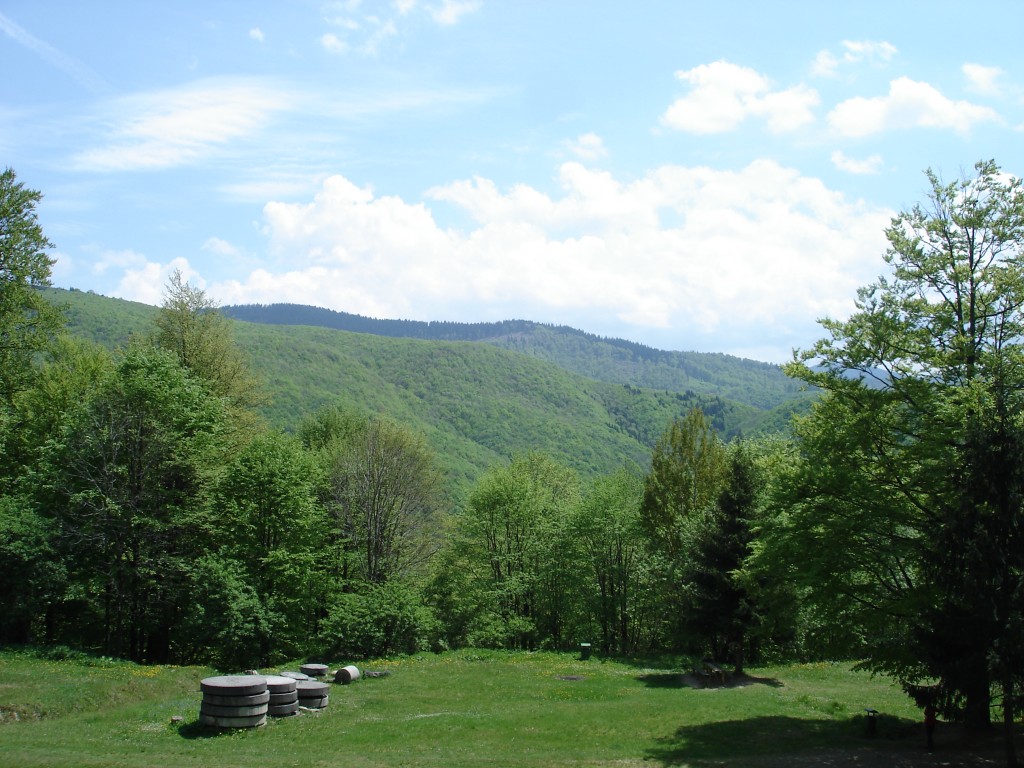 What’s important to me about the Dacians is that they built a number of towns, fortresses, aqueducts and temples that were on the same technological level as you would find in most parts of the ancient Greek and Roman world. They engaged in widespread trade, as testified by the huge number of coins from distant lands found at their sites. Royal and aristocratic power was based on their control of important gold and silver mines in Transylvania. The Dacian Kingdom was centered on their capital at Sarmizegetusa, which was in turn surrounded by many forts and urban settlements. This focal point was in the southwestern corner of Transylvania, but at their height, the Dacian kings ruled over an area that would include all of today’s Romania and Moldova, and parts of Bulgaria, Serbia, Hungary, Ukraine, and even a little bit of Poland. Urban life and industry, especially metal-work, was well established long before the Roman emperor Trajan conquered a small part of the Kingdom and incorporated it into the Empire as the Province of Dacia. I have nothing but admiration for Trajan’s military daring: his legions would have had to crawl up that narrow, winding valley, which I found so exhausting, fighting their way past half a dozen large fortresses. It was only by destroying the city’s aqueducts that they were able to force a surrender.
What’s important to me about the Dacians is that they built a number of towns, fortresses, aqueducts and temples that were on the same technological level as you would find in most parts of the ancient Greek and Roman world. They engaged in widespread trade, as testified by the huge number of coins from distant lands found at their sites. Royal and aristocratic power was based on their control of important gold and silver mines in Transylvania. The Dacian Kingdom was centered on their capital at Sarmizegetusa, which was in turn surrounded by many forts and urban settlements. This focal point was in the southwestern corner of Transylvania, but at their height, the Dacian kings ruled over an area that would include all of today’s Romania and Moldova, and parts of Bulgaria, Serbia, Hungary, Ukraine, and even a little bit of Poland. Urban life and industry, especially metal-work, was well established long before the Roman emperor Trajan conquered a small part of the Kingdom and incorporated it into the Empire as the Province of Dacia. I have nothing but admiration for Trajan’s military daring: his legions would have had to crawl up that narrow, winding valley, which I found so exhausting, fighting their way past half a dozen large fortresses. It was only by destroying the city’s aqueducts that they were able to force a surrender.
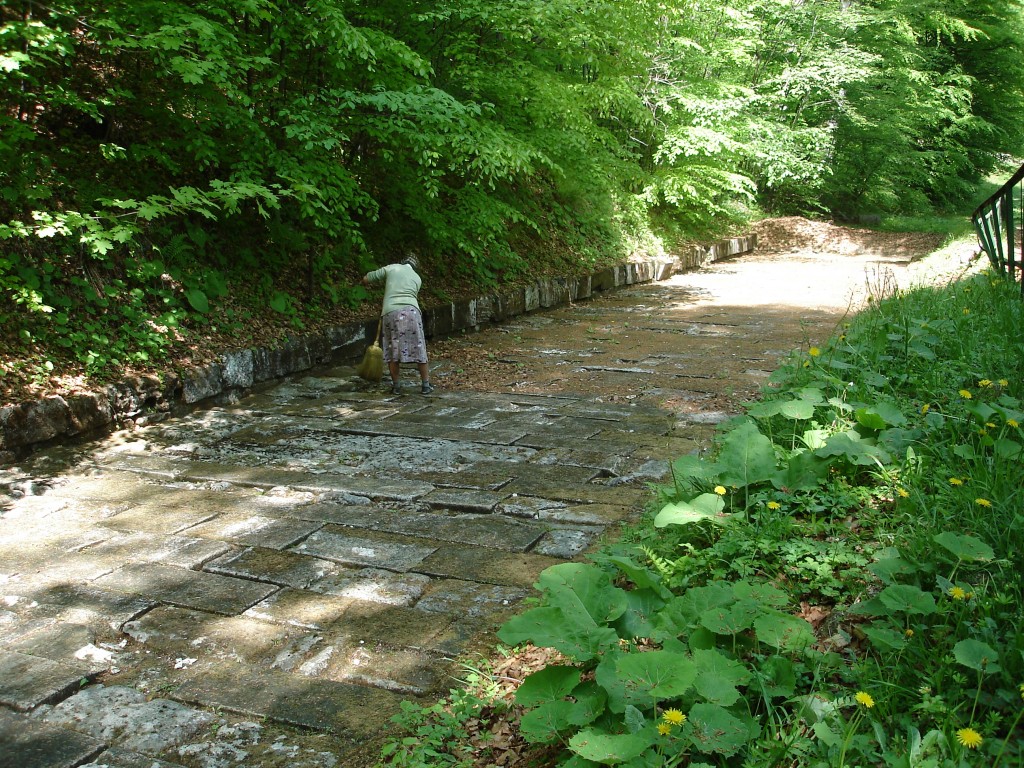 Dacian society was based on extensive and highly organized sedentary agriculture, with specialties in making wine and honey, livestock breeding, and commercial industries in ceramics and metal-ware. The Dacian heartland would have been no less civilized than any comparable part of Italy or Greece. A kingdom of Dacia was in existence at least as early as the first half of the 2nd century BC, under king Oroles. Under Burebista, a contemporary of Julius Caesar, the kingdom reached its maximum extent and military power. Caesar contemplated invading the kingdom, but wisely did not attempt it. For the next century and a half, the Dacian kingdom proved to be a thorn in the Romans’ flesh, defeating them in several small wars, and occasionally raiding into the Empire. King Decebalus particularly humiliated the Romans, and his status as “king client to Rome” masked a political reality where the Romans were in effective submission.
Dacian society was based on extensive and highly organized sedentary agriculture, with specialties in making wine and honey, livestock breeding, and commercial industries in ceramics and metal-ware. The Dacian heartland would have been no less civilized than any comparable part of Italy or Greece. A kingdom of Dacia was in existence at least as early as the first half of the 2nd century BC, under king Oroles. Under Burebista, a contemporary of Julius Caesar, the kingdom reached its maximum extent and military power. Caesar contemplated invading the kingdom, but wisely did not attempt it. For the next century and a half, the Dacian kingdom proved to be a thorn in the Romans’ flesh, defeating them in several small wars, and occasionally raiding into the Empire. King Decebalus particularly humiliated the Romans, and his status as “king client to Rome” masked a political reality where the Romans were in effective submission.
It was because of this embarrassing situation that Trajan was determined to conquer Dacia. It was also critically important to restore the Empire’s sagging finances by capturing the famous Treasure of Decebalus and gaining control of the Dacian gold mines. In two campaigns, the first in 101–2 AD, and the second in 105–6 AD, Trajan took the key Dacian fortresses, and the capital. Decebalus committed suicide. This is recounted by the Roman historian Dio Cassius, but it is also illustrated in detail on Trajan’s Column, in Rome. On the column, one can even see the difference in costume between the Dacian nobles (tarabostes) and the common people (comati). Dr. Constantin showed me where the Roman soldiers had smashed the massive “sun-wheel“, hoping to unearth treasure. The temple structures also show signs of being demolished by the Romans. He pointed to pillars that had clearly been broken into fragments by chisels, rather than merely fallen.
The Romans brought only a small fraction of the Dacian Kingdom into the Empire, turning into a Province. The elite of the kingdom seem to have rapidly Romanized. Modern Romanian nationalists like to think that these Romanized Dacians were the origins of the modern Romanian speech and population, which is quite possible, but by no means provable. They would, at any rate, been a very small proportion of the total population of the region, and the Latin-derived speech of modern Romania could have entered the region in many other different ways, all equally hypothetical. There is no clear evidence of Romanian speech in the toponyms of the immediate area until the 13th Century.
The Romans profited immediately from the Dacian treasure, the productive mines, and the capture industries, but the conquest changed the balance of power in the region. Without the strong Dacian state to act as a buffer, the Celtic and Germanic tribes were set in turmoil, and began the waves of migrations that were ultimately to bring the Roman Empire to its end. Gold, rather than oil, was the strategic substance, but the example might still prove a profitable caution for invasions mounted in our day.
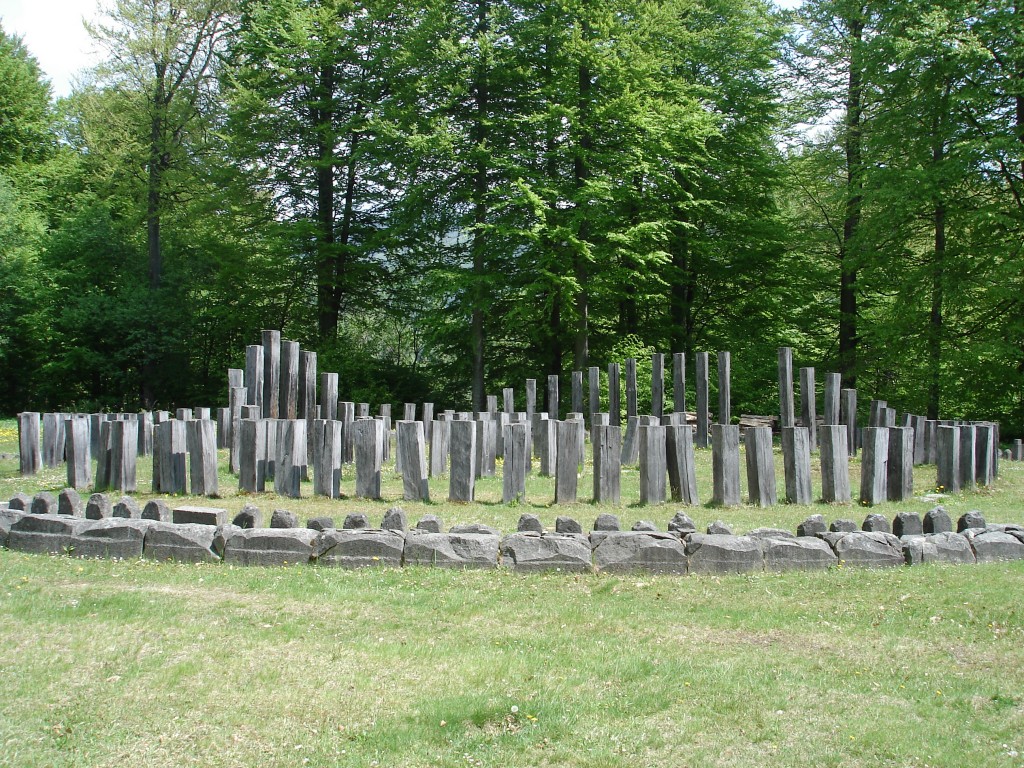
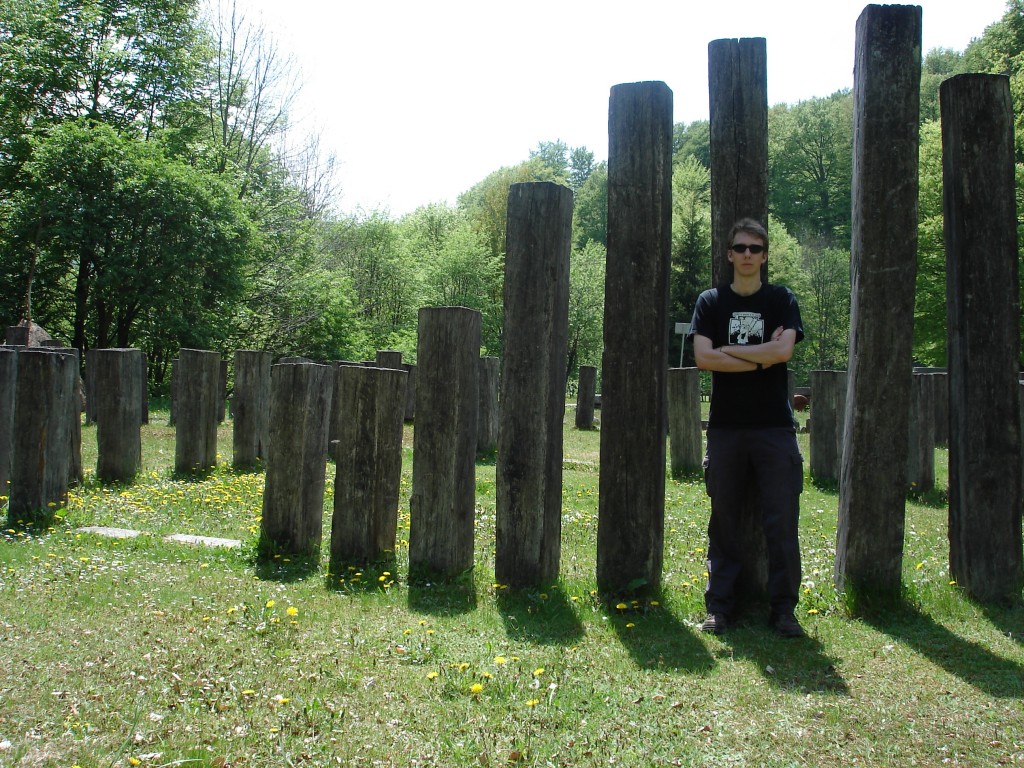
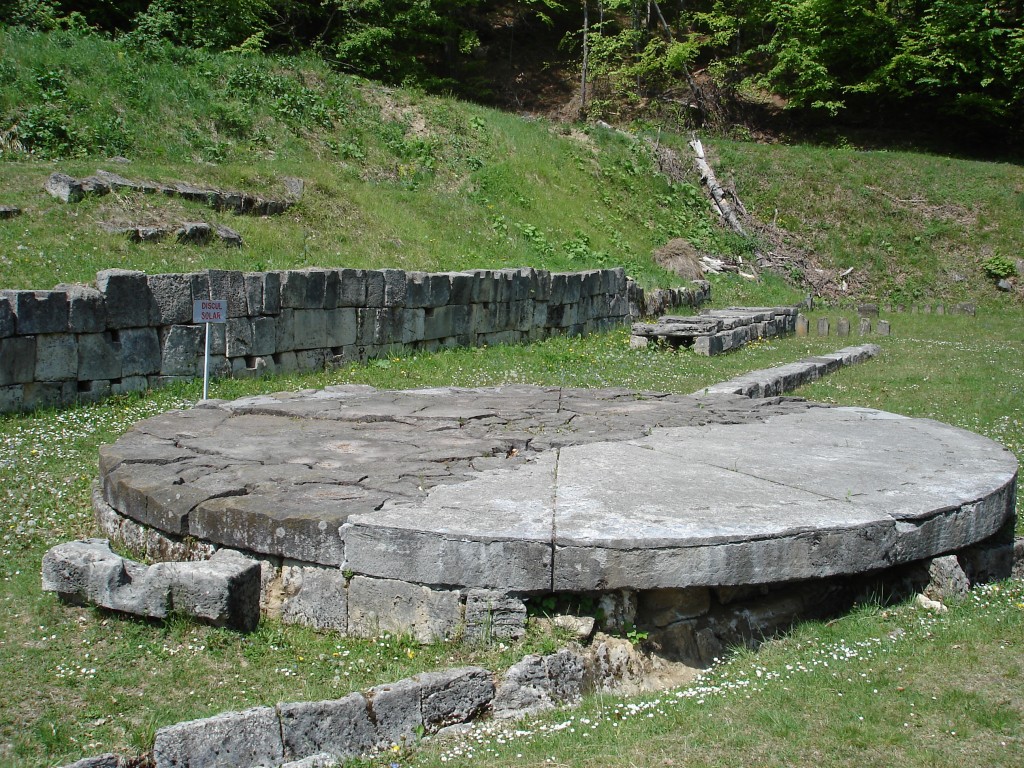
0 Comments.